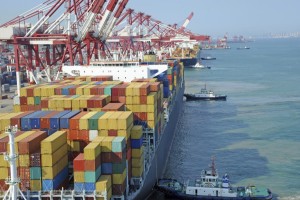 Imports and the Automated Export System (AES) Filing Requirements
Imports and the Automated Export System (AES) Filing Requirements
Is an AES filing required for goods that previously entered in the United States, Puerto Rico, or the U.S. Virgin Islands?
From Global Reach:
To answer that question it is important to know how the goods were imported. When goods come into the United States they are processed by U.S. Customs and Border Protection (CBP) using many different forms.
Here are three of the forms and information to determine if an AES filing is required as a result:
CBP Form 7501, Entry Summary, is used when goods are entered into the commerce of the United States for consumption. When goods enter the commerce of the United States and are subsequently exported, you are required to file in the AES if the goods are valued over $2,500 per Schedule B number or if they meet any criteria identified in the Foreign Trade Regulations (FTR) Section 30.2(a)(1)(iv). Alternatively, no AES filing is required if the goods that enter into the commerce of the United States via Form 7501 remain in the country.
CBP Form 7512, Transportation Entry and Manifest of Goods Subject to CBP Inspection and Permit, is used when the shipment is placed under a CBP bond while traveling from the port of arrival to the intended port of export. As a result, the goods never enter the consumption channels of the United States and an AES filing is not required.
CBP Form 214, Application for Foreign-Trade Zone Admission and/or Status Designation, is used to admit goods into a Foreign Trade Zone (FTZ). The preferred filing method for goods admitted to an FTZ is by using the electronic CBP 214 (e214) via the Automated Broker Interface. Goods that are exported from an FTZ require an AES filing.
You may have to do a little research to determine if filing in the AES is required for goods previously imported.
To read more Global Reach
Leave a Reply